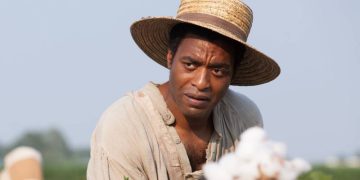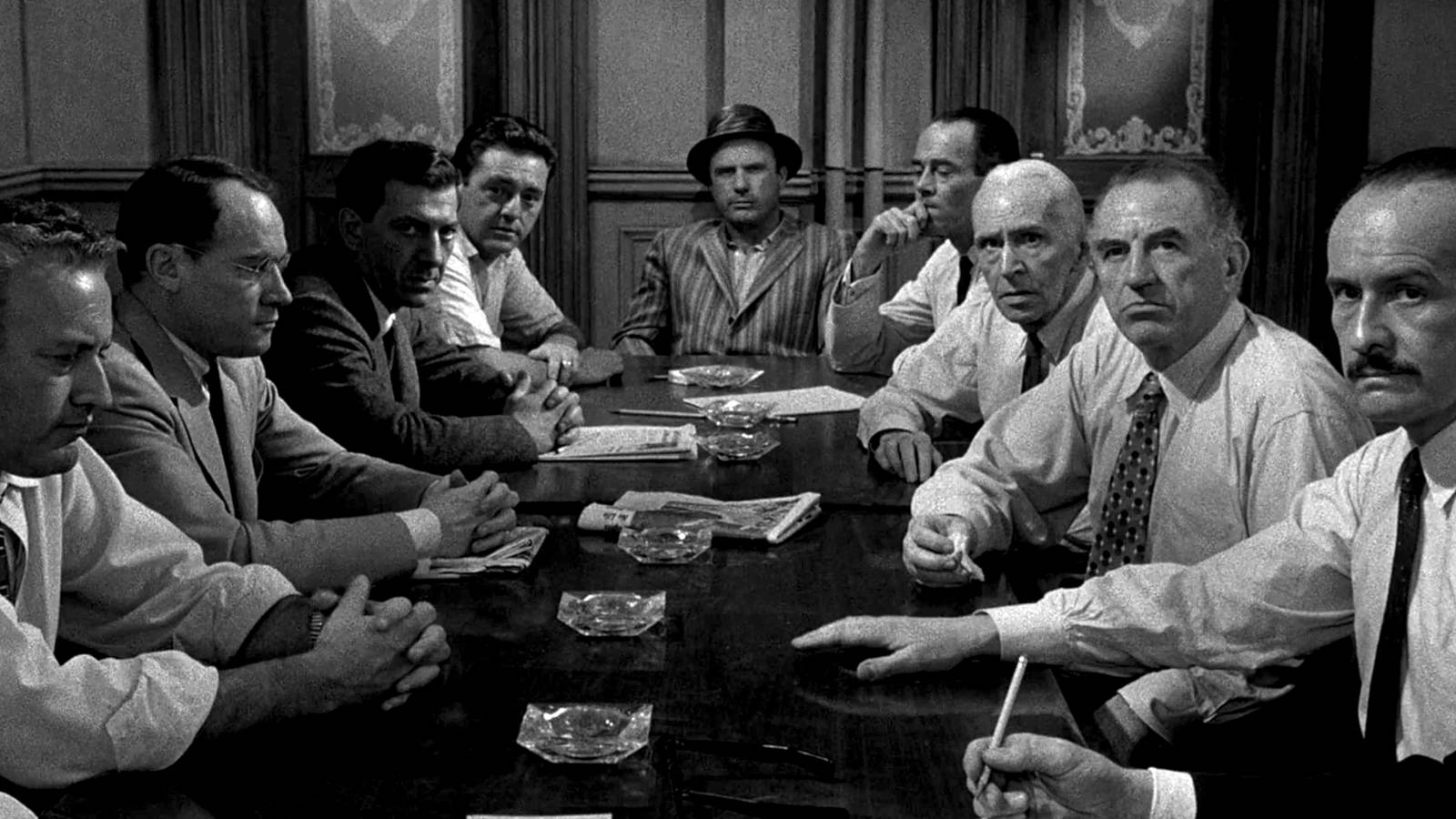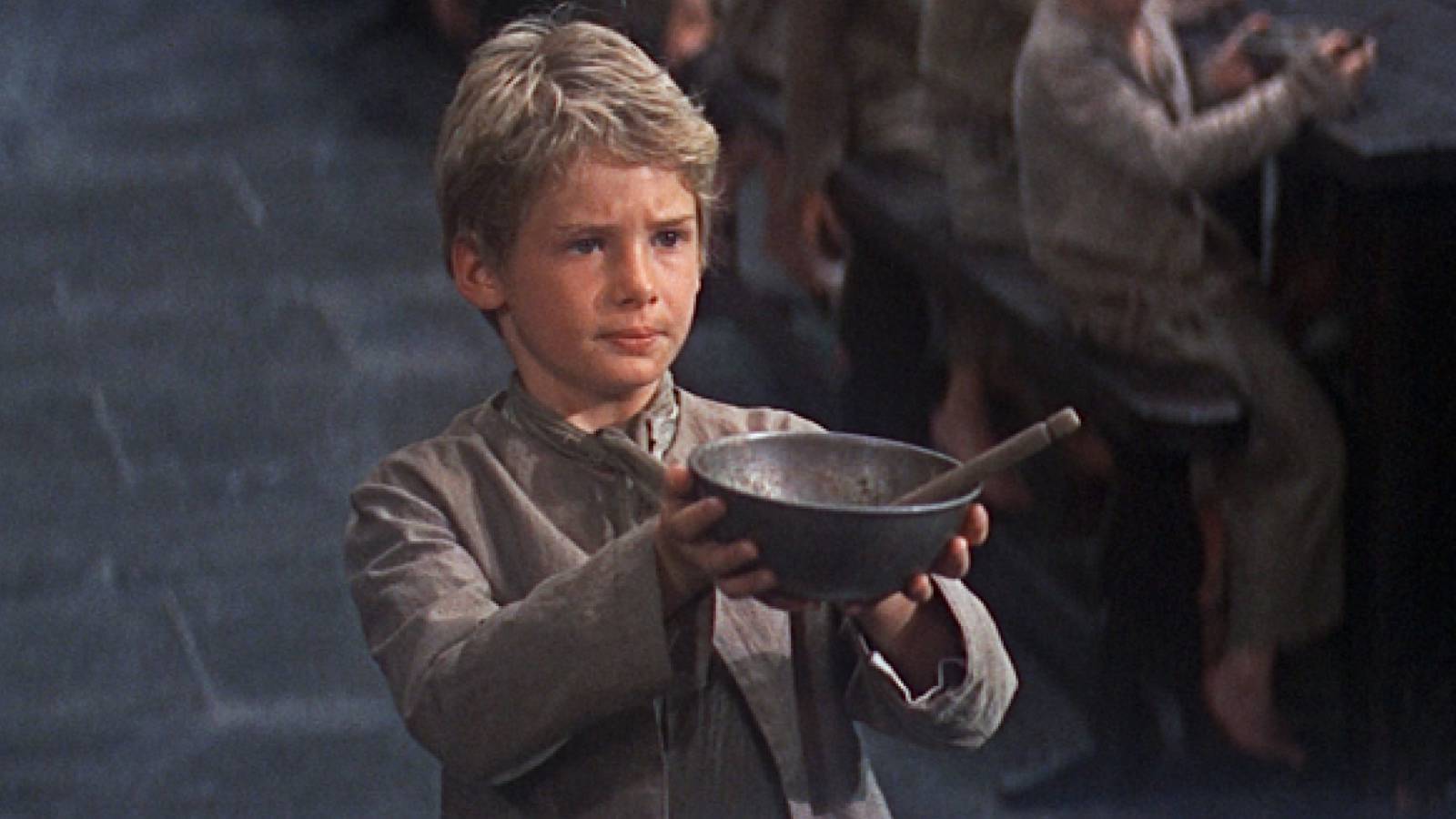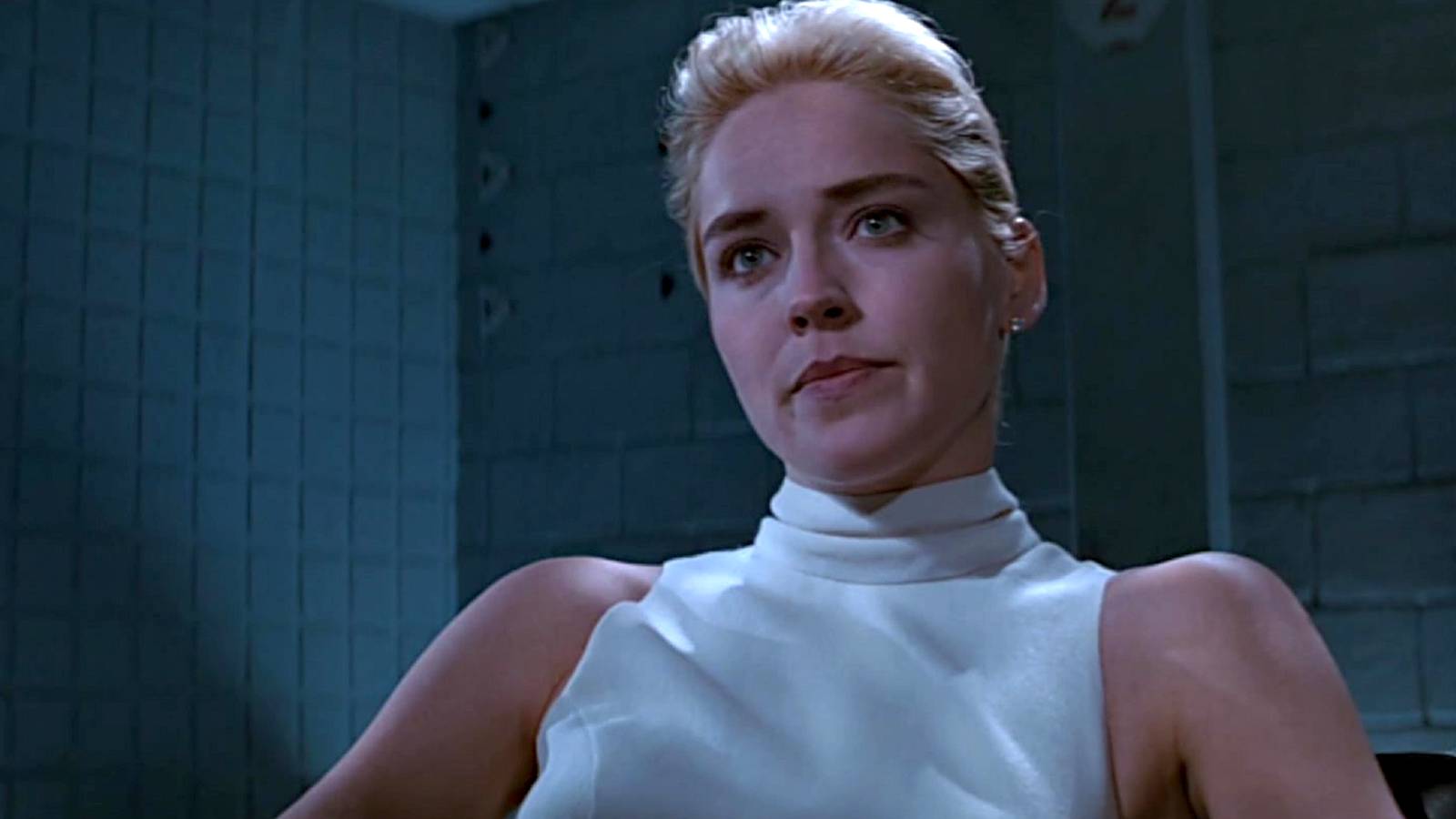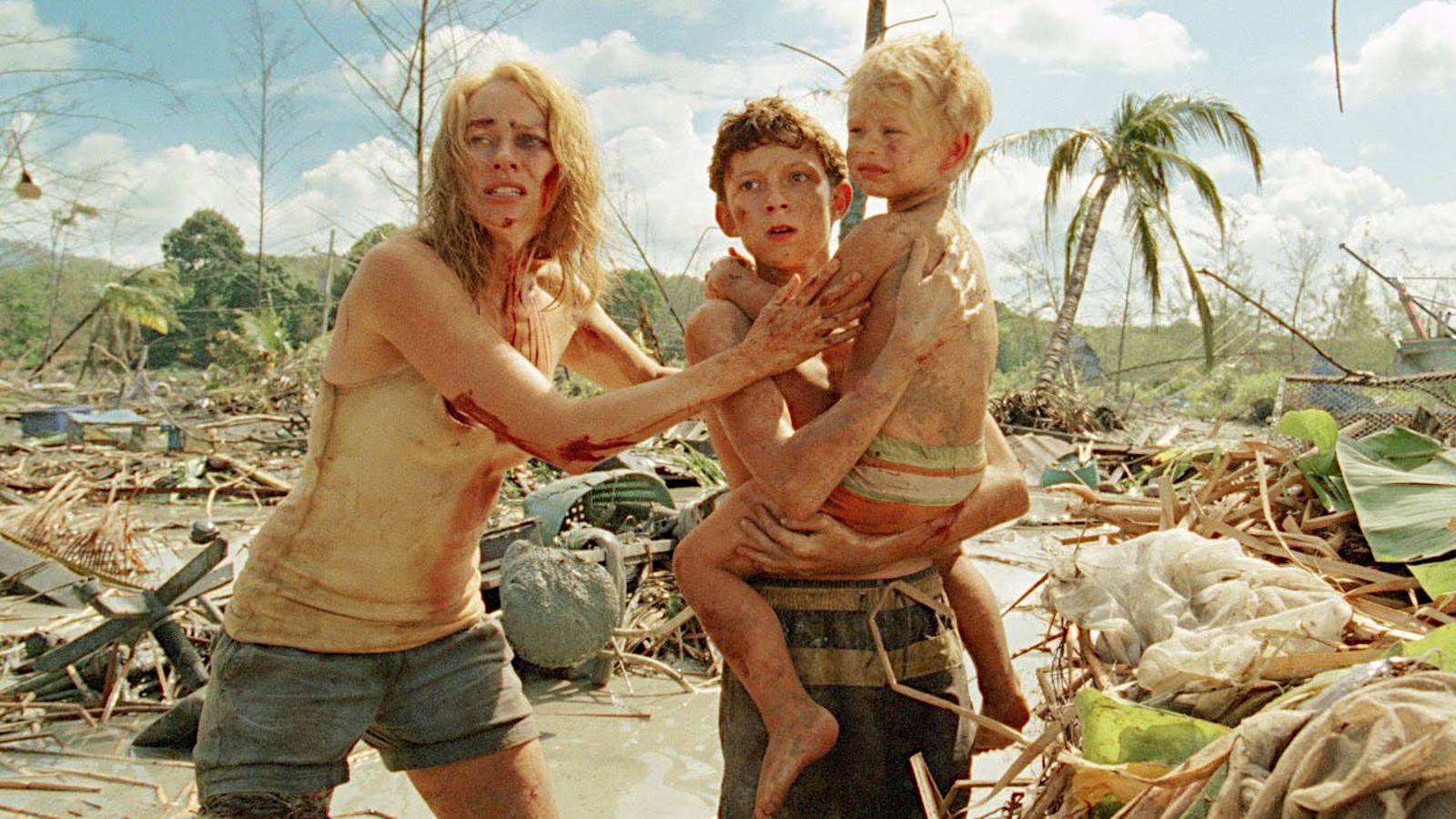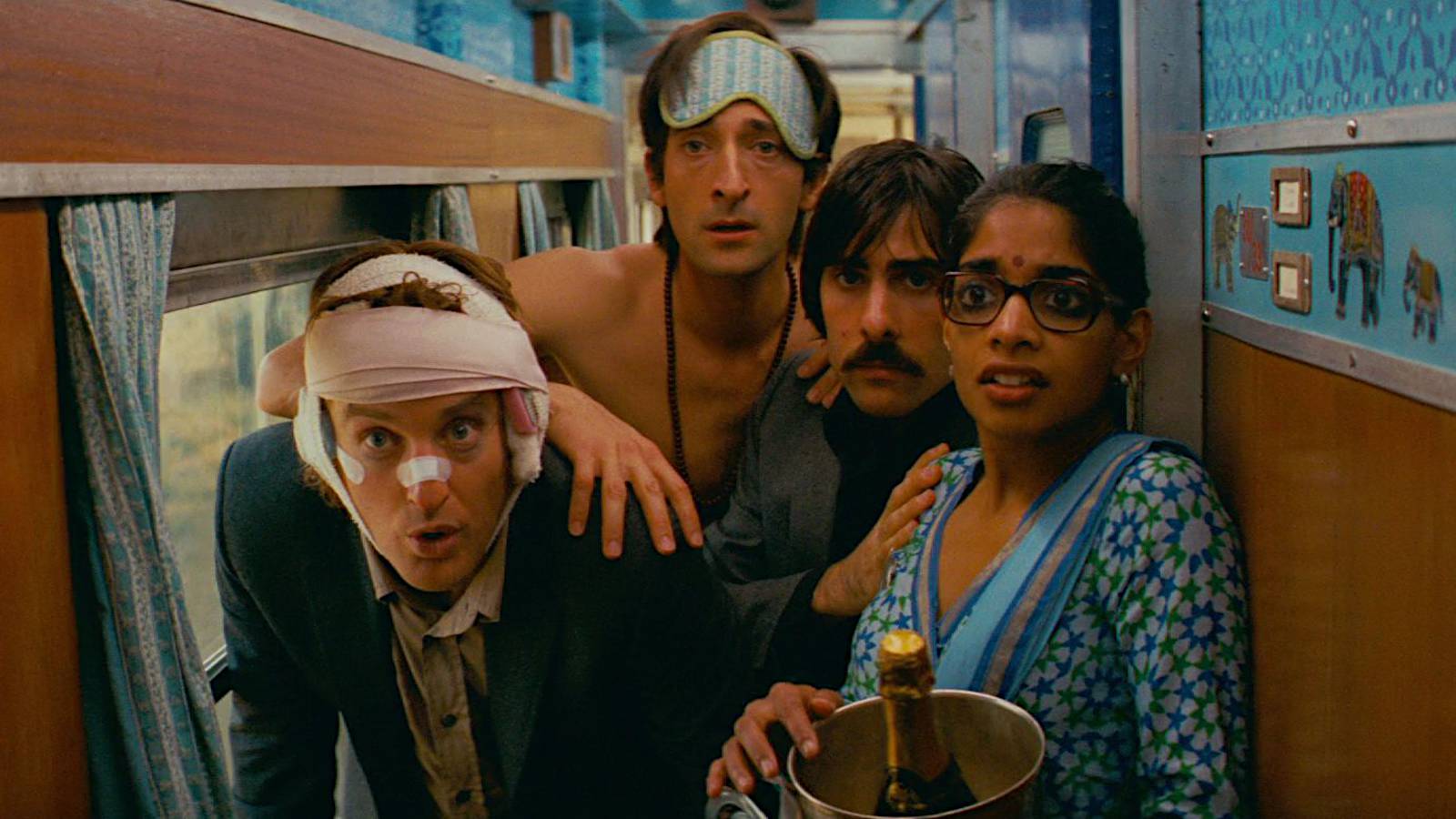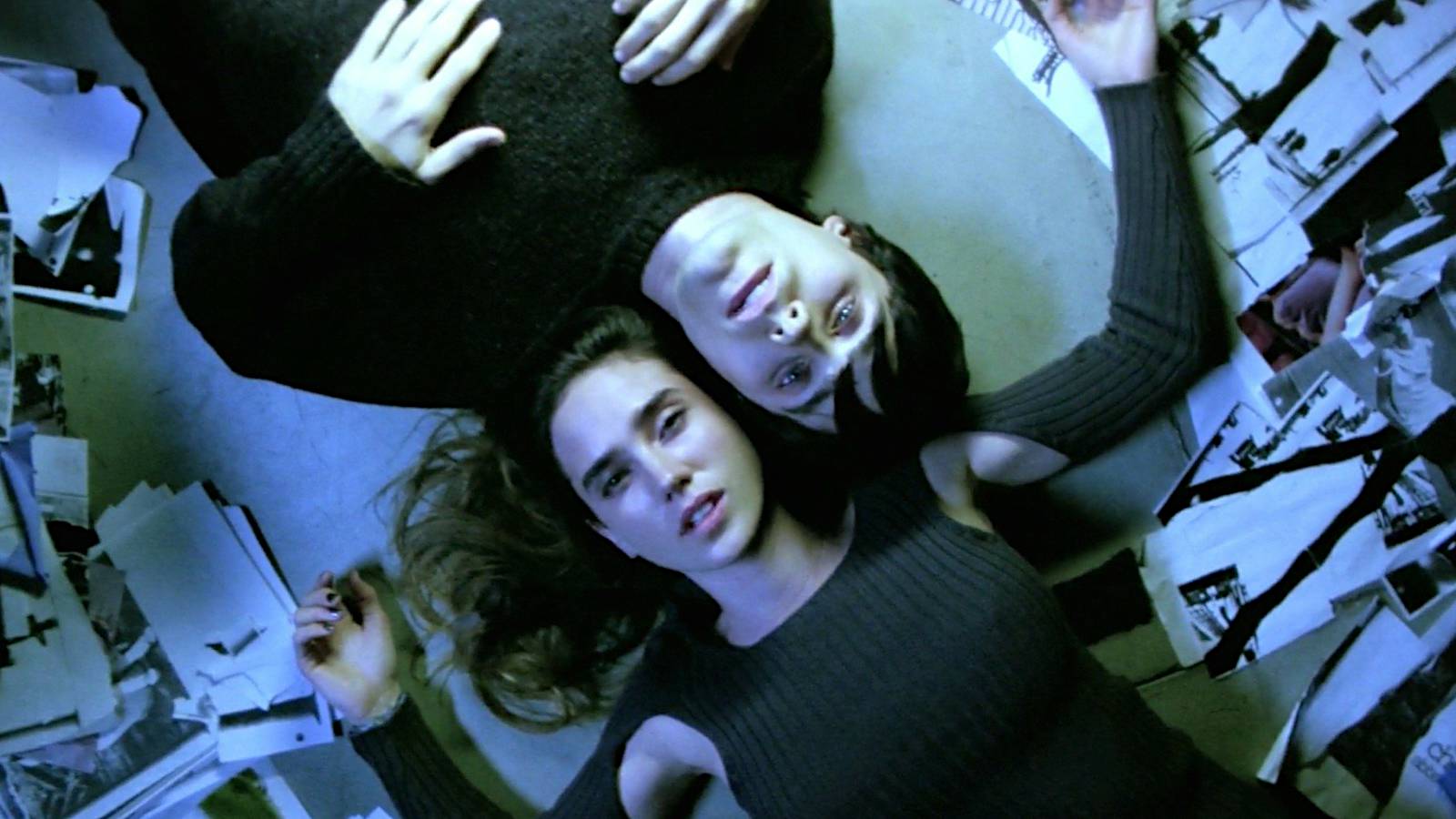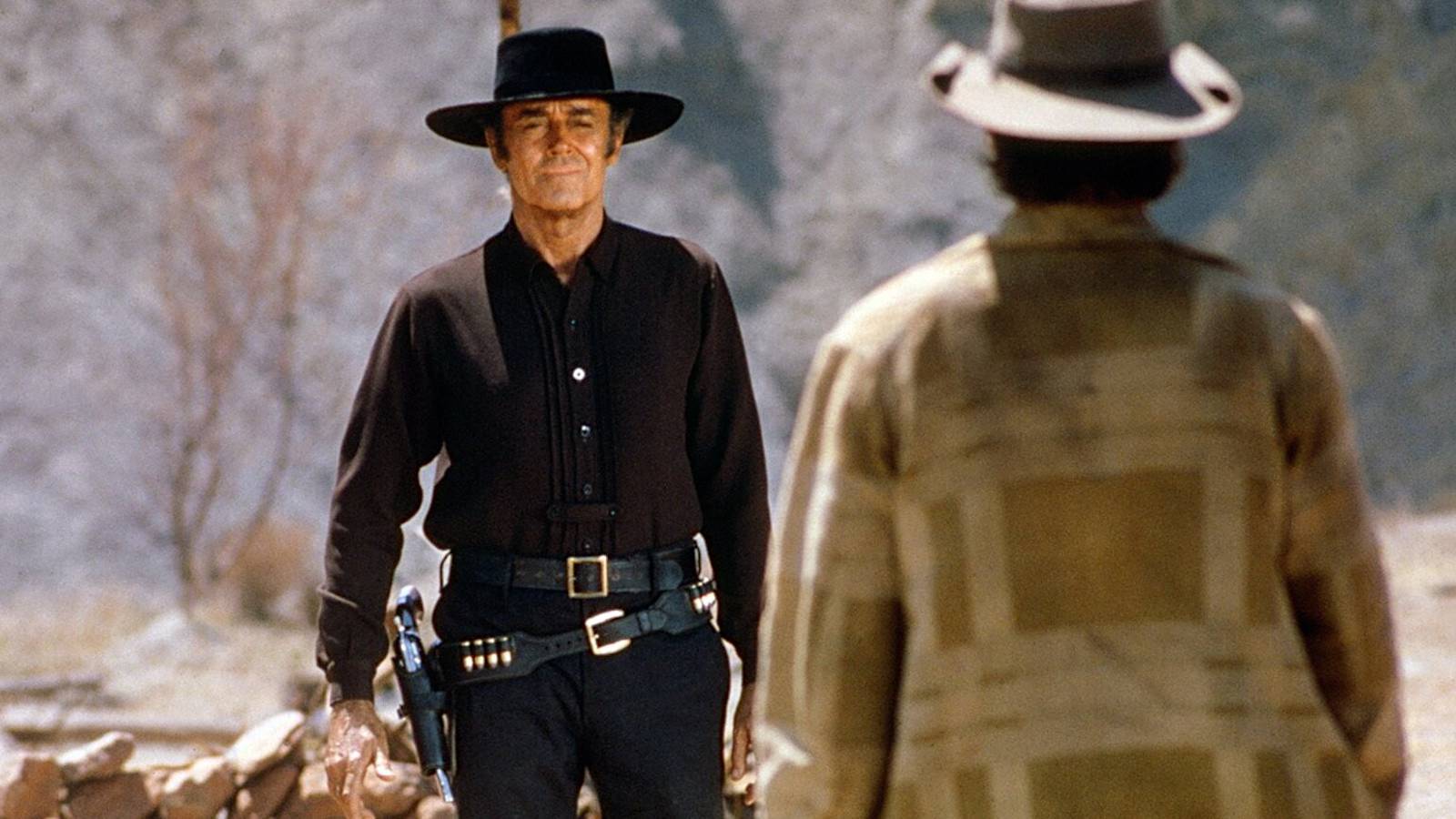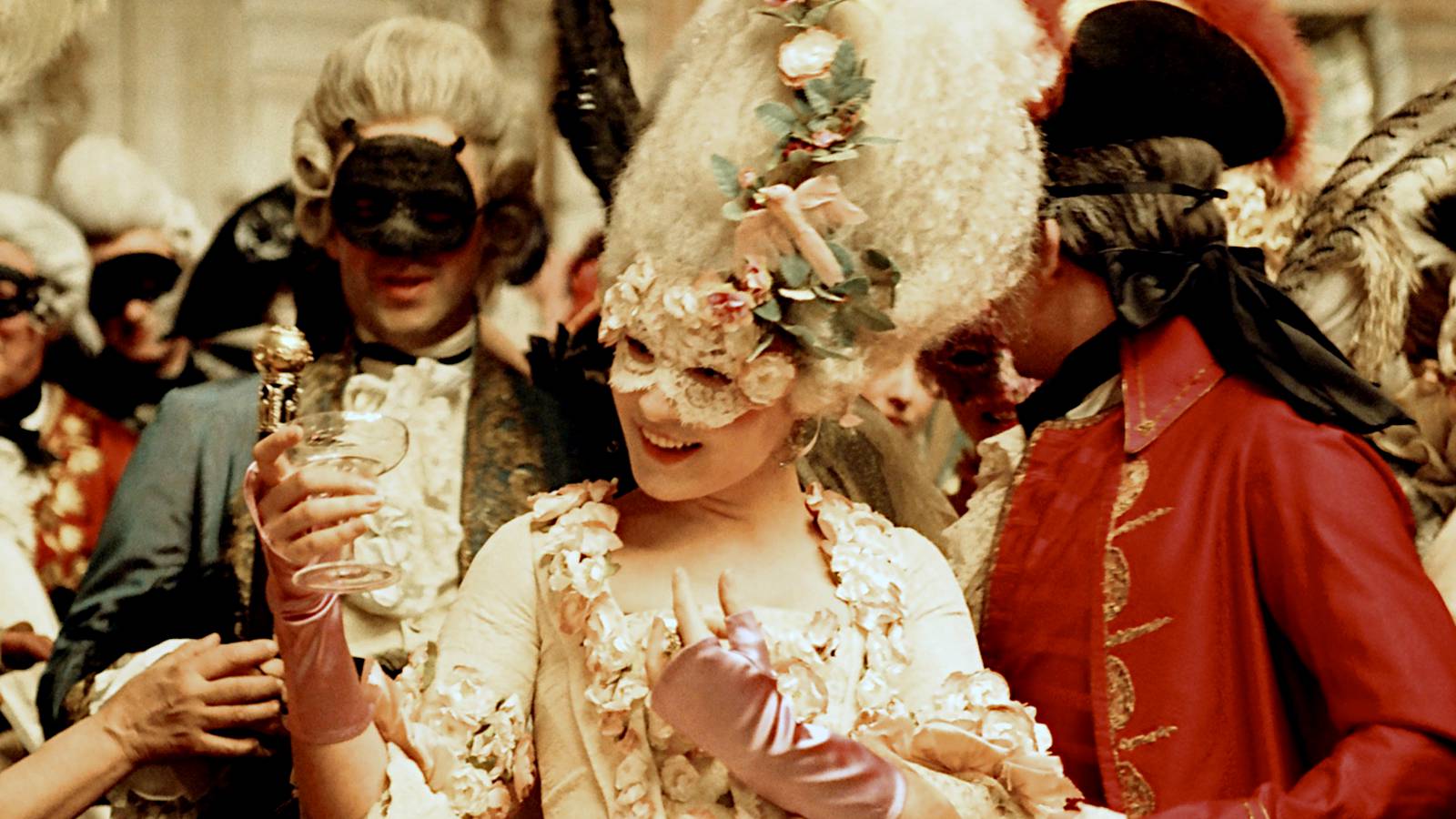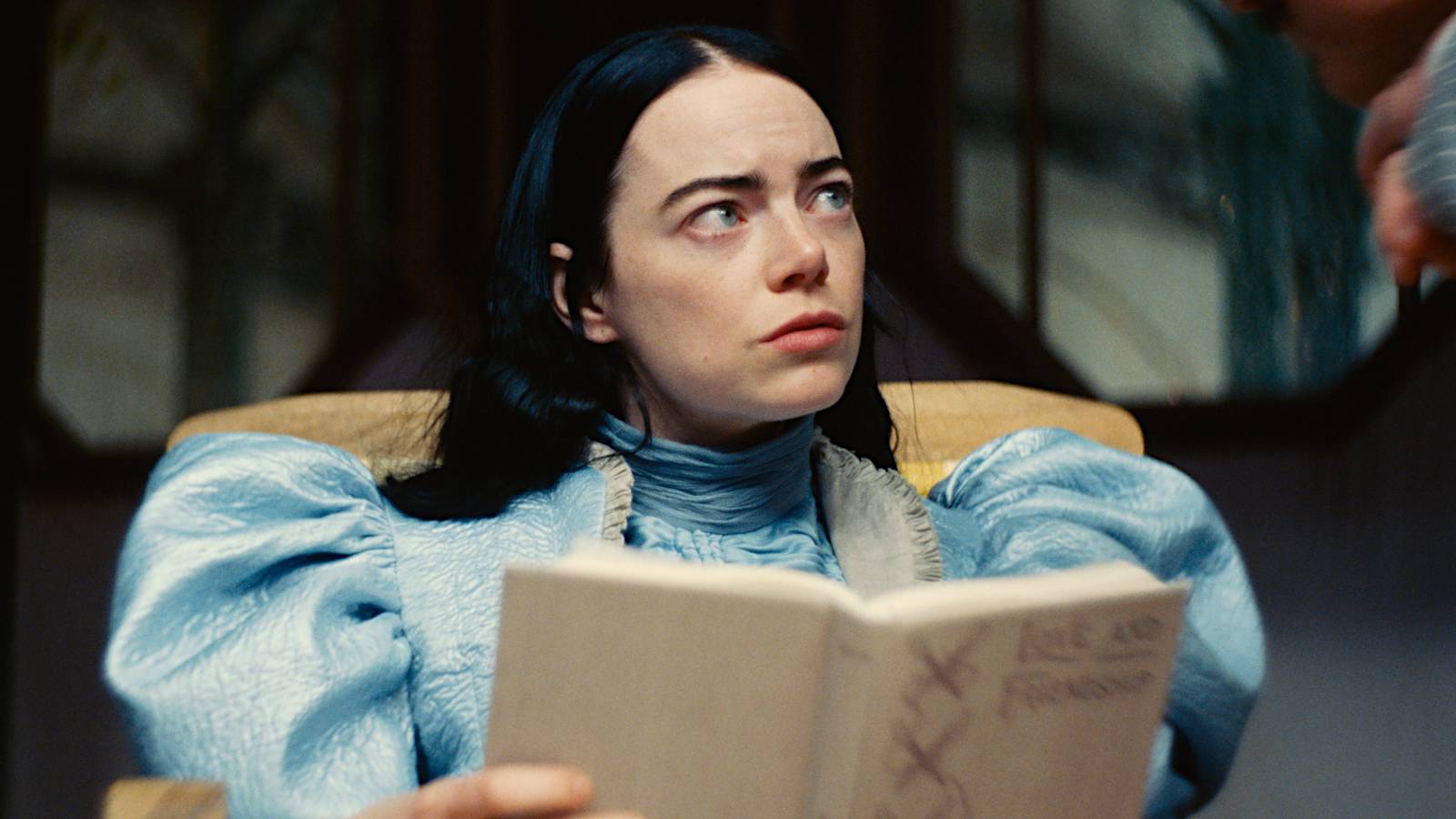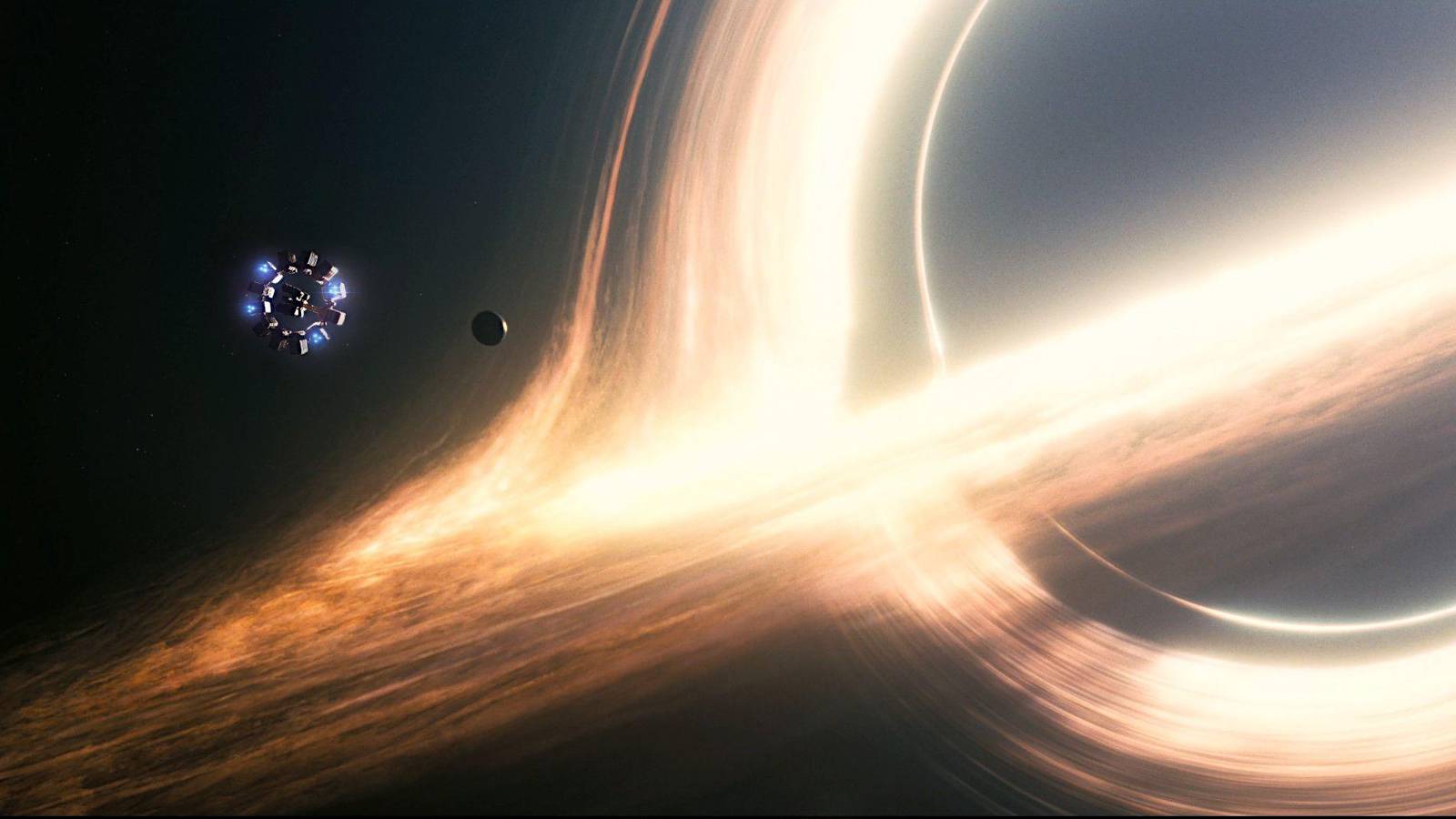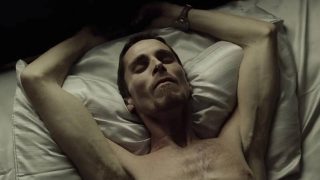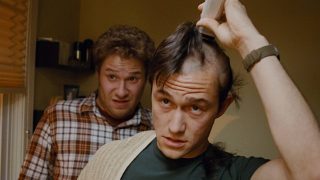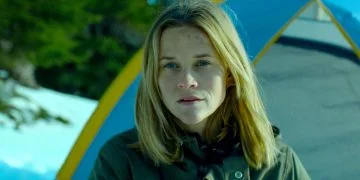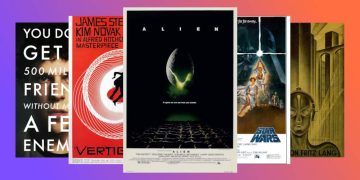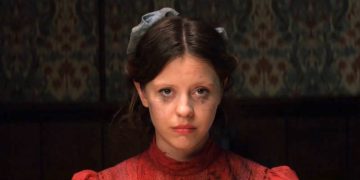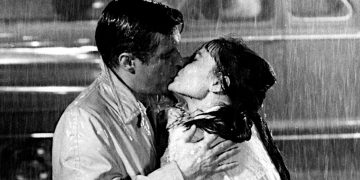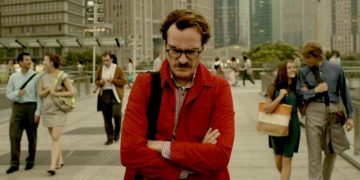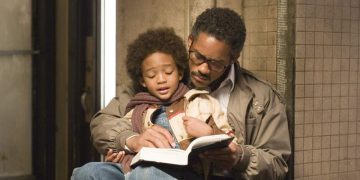15. The Mack (1973)
The Mackis a blaxploitation classic that somehow manages to rank among the greatest of the genre while receiving awful reviews.
Despite being dubbed trashy, flawed, and illogical,The Mackactually out-grossedThe Godfather—itself considered the best film ever made—in the few places it actually screened.
Directed by Michael Campus,The Mackstars Max Julien as Goldie, who goes in the opposite direction of his Black nationalist brother (played by Roger E. Mosley) to become Oakland’s biggest pimp.
Richard Pryor, Juanita Moore, and Dick Anthony Williams also feature as Goldie’s criminal acquaintances.
Related:The Best Political Drama Movies of All Time, Ranked
14. Cotton Comes to Harlem (1970)
Adapted from Chester Himes’s 1965 novel,Cotton Comes to Harlemwas essentially the first blaxploitation film (even though that acknowledgment is usually credited toSweet Sweetback’s Baadasssss Song, which released the following year).
Harlem is a central place in African-American history, what with the Great Migration and the Harlem Renaissance of the early 20th century. The hard-boiled crime story was gilded in “balloons, fans, feathers” by director in his stylish overnight hit.
The 1970 neo-noir flick is full of fights, laughs, and thrills. The chase, banter, and self-determination ofCotton Comes to Harlemwas later followed by a sequel in 1972.
Related:The Best Neo-Noir Movies of All Time, Ranked
13. Cooley High (1975)
Cooley Highwas a coming-of-age blaxploitation movie that inspired the likes of Spike Lee and John Singleton, who would also go on to make their own milestones in black cinema.
This film stars Glynn Turman and Lawrence Hilton-Jacobs as two best friends in their senior year of high school, who dream big before a single moment changes their life trajectories forever.
A bit of comedy, a bit of melodrama, and even a bit of tragedy make for a more sophisticated entry than some of the other pimps and gangs often we find in the genre.
Michael Schultz (who also directed the martial arts-infused blaxploitation comedyThe Last Dragonin 1985) gave this “blackAmerican Graffiti” more depth than critics anticipated.
Related:The Best Young Adulthood Movies About Teens Coming of Age
12. Black Dynamite (2009)
On the surface, it might seem likeBlack Dynamiteis making fun of the blaxploitation genre—but it’s actually a smart and nostalgic homage to the movement as a whole.
Its gimmicks are executed with a self-consciousness that speaks of cinema’s history, and filmmaker Scott Sanders clearly paints his love for its hyperbolic 1970s style.
Scott Sanders directs Michael Jai White as an ex-CIA agent out for revenge. In ode to the low-budgets of its predecessors,Black Dynamitewas shot in just 20 days on a Super 16mm camera in Los Angeles—before a script was even written! A risk that paid off.
Related:Incredible Improv Movies That Started Without Scripts
11. Jackie Brown (1997)
Quentin Tarantino has caught a lot of flak over the years for being a white guy who makes modern blaxploitation movies—or, at least, movies that are partially blaxploitation.
Spike Lee in particular has a long-running grudge against the auteur director, refusing to watch Tarantino’s films because it would be “disrespectful to my ancestors.” Lee makes a valid point, but that doesn’t makeJackie Brownany less of a great movie.
Based on the 1992 novelRum Punchby Elmore Leonard,Jackie Brownfollows a flight attendant who attempts to smuggle money into the US from Mexico. The title is a direct reference toFoxy Brown(1974), a classic blaxploitation film that Tarantino nods to.
Related:The Greatest Ensemble Movie Casts of All Time, Ranked
10. Ganja & Hess (1973)
Five years prior toGanja & Hess, Duane Jones appeared as the lead in George A. Romero’s infamous indie horrorNight of the Living Dead. They’re the only two movies with Jones as a protagonist, and both became cult classic horror landmarks.
Hess (played by Duane Jones) is a wealthy anthropologist who turns into a vampire after his crazy assistant (played by Bill Gunn) stabs him before committing suicide.
The vampiric Hess then falls in love with his assistant’s widow Ganja (played by Marlene Clark), but tries to hide his bloodsucking ways.
It might sound silly, butGanja & Hesscleverly employs the vampire trope as a metaphor for cultural imperialism and assimilation.
Related:The Best Movies About Vampires, Ranked
9. Dolemite (1975)
Dolemiteis a blaxploitation movie about a big-city pimp (played by Rudy Ray Moore, who adopted the alter-ego for his comedy shows).
Moore’s script was inspired by an urban legend he heard while working at a Los Angeles record store. He then decided to make this “Dolemite” figure a character in his stand-up comedy acts, which D’Urville Martin then turned into a movie.
Dolemite lives his life underground as a pimp, comedian, and nightclub owner until he’s thrown in jail. He’s freed on the condition that he go incognito and crack down on the city’s drug problem.
As is the nature of blaxploitation, a lot of crazy stuff continues to happen… including ninja prostitutes.
Related:The Best Made-for-TV Movies to Catch on a Weekend
8. Black Caesar (1973)
Black Caesar(also known asGodfather of Harlem) is another movie set in the city of jazz clubs and soul food, where Tommy Gibbs (played by Fred Williamson) grows up crippled after a cop breaks his legs.
Rather than wallow in pity, Tommy decides to become top dog and vengefully rule over Harlem once and for all (like Julius Caesar).
The mob-versus-Mafia plot is an urban conflict as old as time, and here Larry Cohen gives it a blaxploitation twist.
The soulful soundtrack is courtesy of James Brown in his first-ever endeavor to make music for film. Both the movie and the score were hits, and many rappers have sampled it since.
Related:The Best Movies About Gangs and Gangsters, Ranked
7. Django Unchained (2012)
Quentin Tarantino is a controversial filmmaker, chiefly because of his excessive use of violence and racial slurs.
Django Unchainedremains Tarantino’s second-most controversial film afterThe Hateful Eight(which isn’t nearly as good).Django Unchainedis a “slavesploitation” movie by a white man that sensationalizes slavery, hence why it’s so scrutinized.
Nonetheless,Django Unchainedsits among Tarantino’s most-hailed films for its strong performances, masterful cinematography, and unflinching take on the brutality of the 19th century South.
The Spaghetti Western epic follows a slave named Django (played by Jamie Foxx) on his quest for revenge, alongside Christoph Waltz, Leonardo DiCaprio, Samuel L. Jackson, and Kerry Washington.
Related:The Best Movies About Freedom, Liberty, and Independence
6. Trouble Man (1972)
Ivan Dixon suffuses blaxploitation with film noir in his cult crime thrillerTrouble Man. Robert Hooks stars as Mr. T—no, not that one!—who’s a hard-boiled private detective in Los Angeles.
Out on the streets with his suit and gun, Mr. T echoes the shady noir investigator who works with both police and criminals to get his work done… but in blaxploitation style.
Mr. T (or simply “T”) takes up a standard case that turns out to be a trap. Framed for murder, T uses his sharp intuition and street smarts to outwit both sides of the law.
As is the blaxploitation way,Trouble Manwas considered a terrible film overall yet is remembered as an amazing entry in the blaxploitation catalog. Using a refined actor like Hooks (rather than amateurs and sports stars) also helped strengthen the movie.
Related:The Best Film Noir Movies of All Time, Ranked
5. Sweet Sweetback’s Baadasssss Song (1971)
Who could forget a wild title like this? No wonder it became such an icon of this cinematic (and political) movement!
Black power ideology is woven throughoutSweet Sweetback’s Baadasssss Song, so much so that it even became mandatory viewing for new members of the Black Panther Party.
Melvin Van Peebles is the man behind this film that arguably created blaxploitation itself. Peebles wrote, directed, edited, funded, produced, starred in, and marketed the movie, filming the entire thing in 19 days with a loan from Bill Cosby.
It follows a young towel boy who runs from corrupt white police in Los Angeles, 1940s. Peebles’s use of montage and quick cuts were still pretty new in cinema, and even though it only screened in two theaters (initially), it grossed high at the box office.
Related:The Best Movies Set in the 1940s, Ranked
4. Three the Hard Way (1974)
A producer, a PR guy, and a karate kid walk into a bar, and together they decide to take down neo-Nazis. What results is a wild movie that proved blaxploitation can tell grand stories beyond street fighting.
In response to white guys always being the Hollywood hero,Three the Hard Wayputs them in the hot seat—not just as baddies, but as white-supremist-Nazi-cult baddies.
Gordon Parks Jr. directs Jim Brown, Fred Williamson, and Jim Kelly as the unlikely gang out to stop a secret medical facility from spiking the US water system with a poison that only harms African-Americans.
Compared to today’s Marvel movies,Three the Hard Wayisn’t as far-fetched as it seemed back in the 1970s.
Related:The Best Movies by Black Directors That Are Seriously Must-Watch
3. Coffy (1973)
Quentin Tarantino’s references toCoffyandFoxy BrowninJackie Brownare all tied together by actress Pam Grier, who iconically starred in all three movies.
InCoffy, she headlines as a vigilante getting revenge on her sister’s drug dealer for getting her hooked and ruining her life (along with the lives of all the other addicts in Los Angeles).
Coffyestablished Grier as the go-to femme fatale of blaxploitation—“the godmother of them all.”
Deemed too obscene for audiences of the time,Coffyis now revered for its depiction of a strong and believable black female lead who follows her own moral compass while kicking ass.
Related:The Best Revenge Movies About Vengeance and Payback
2. Super Fly (1972)
Super Flyutilized the neo-noir genre to become a streetwise, surprisingly allegorical movie that African-American audiences of the time either loved or hated.
Whereas most viewers welcomed the strong-headed marmite movie, some felt it encouraged real-life crime (which it technically did, as various drug dealers claimedSuper Flyas inspiration).
Like a blaxploitation Walter White, Priest (played by Ron O’Neal) vows to leave the crime business, but he’s going to make one final score before he leaves for good: he plans to sell 30 kilograms of cocaine for $1 million, and then retire. Oh, if only it were that simple!
Super Flyis Gordon Parks Jr.’s most famous film and one of the last blaxploitation movies that had real strength and soul before the genre declined into becoming a B-movie conveyer belt.
Related:The Best Hood Movies That Are More Than Urban Stereotypes
1. Shaft (1971)
You’ve probably heard the theme song toShaftwithout realizing it. The tune captures that funky 1970s disco sound as Isaac Hayes asks: “Who’s the black private dick that’s a sex machine to all the chicks?”
The track was so popular it went on to win an Oscar. And while that sort of goes against the entire point of the blaxploitation genre, it does show just how goodShaftwas!
Richard Roundtree plays detective John Shaft, who works for (and against) mobsters in Harlem across five films and seven TV movies.
The sheer success ofShaftis controversial, as it’s based on a novel by white author Ernest Tidyman. ButShaftdid signify a shift in Hollywood with more authority given to black casts and crew members.
Related:The Most Iconic Movie Theme Songs of All Time, Ranked
Blaxploitation Honorable Mentions
If you’ve seen all of the above movies and you’re still looking for more blaxploitation films with cool wit and Motown, here are some honorable mentions worth checking out:
Read next:The Best Movies About Slaves and the Slave Trade, Ranked



![]()
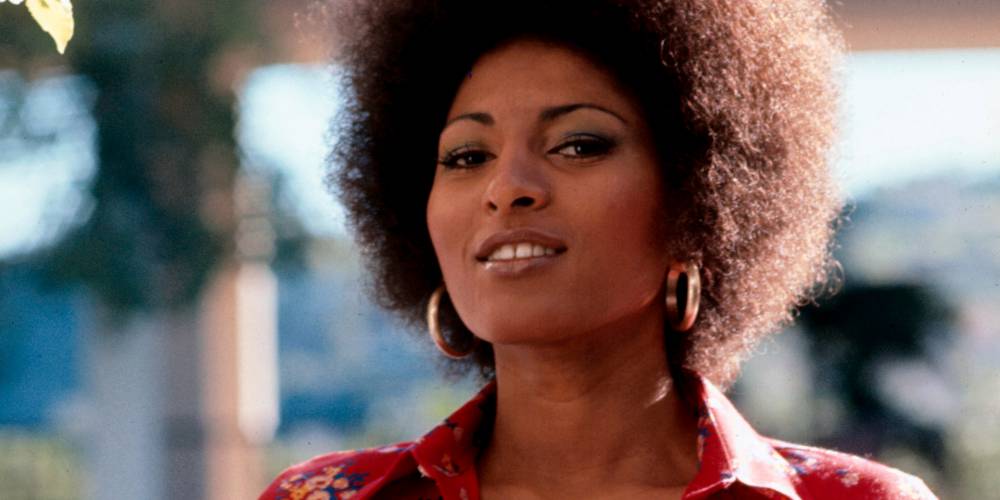
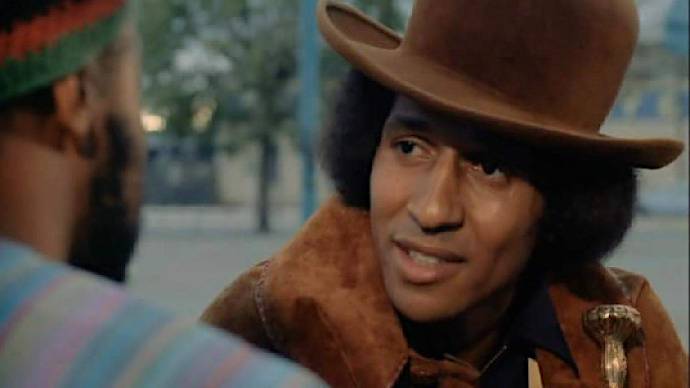
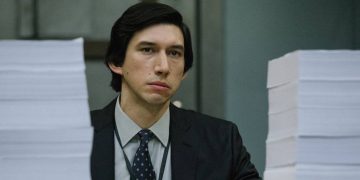
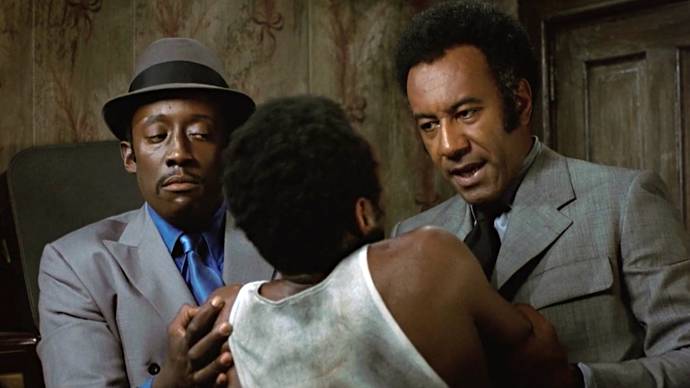
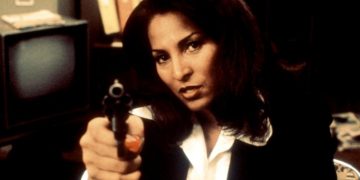
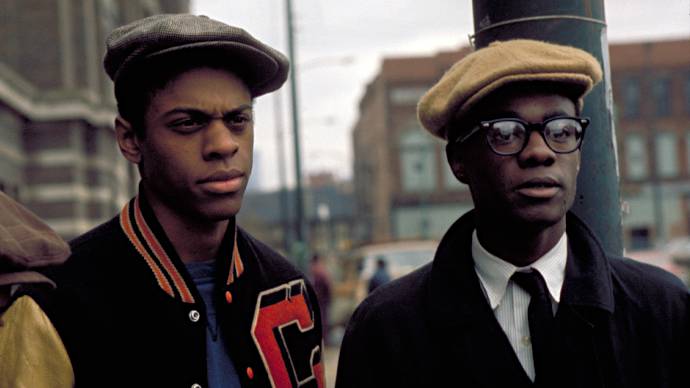
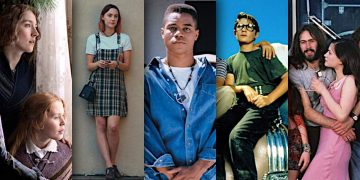
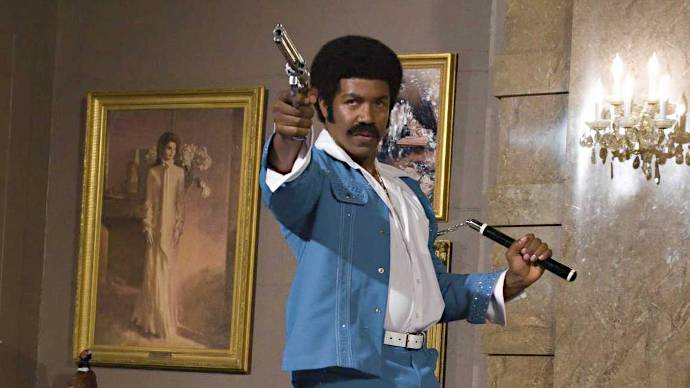

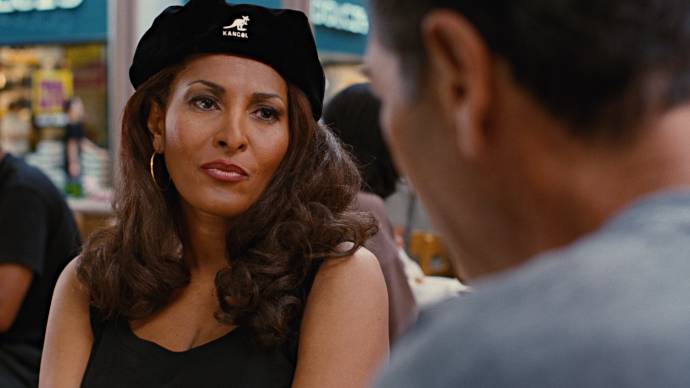
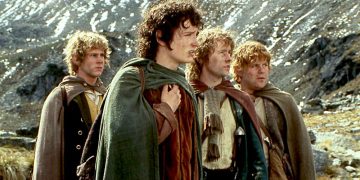
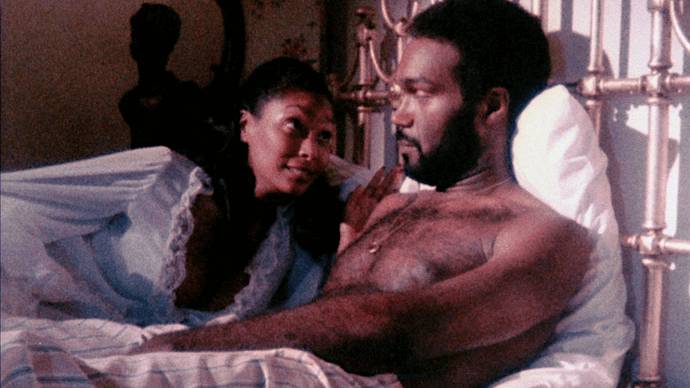

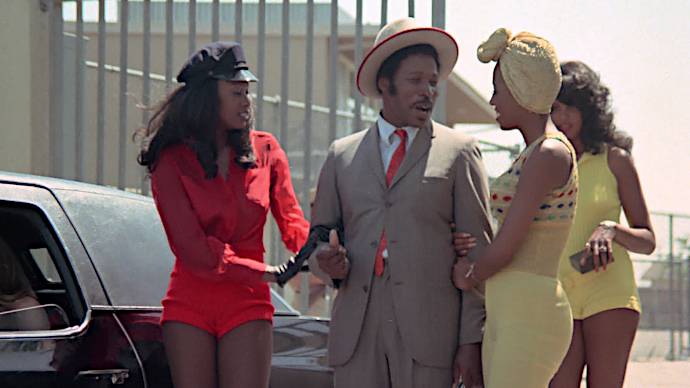
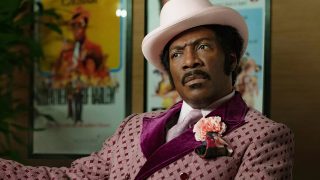
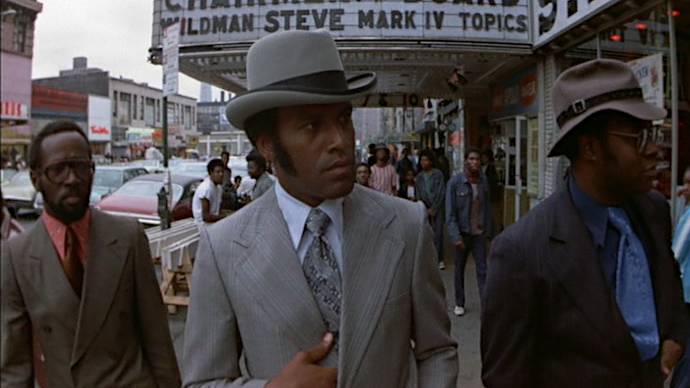
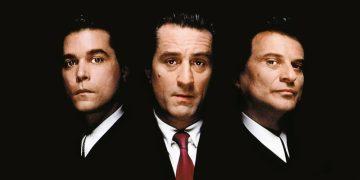
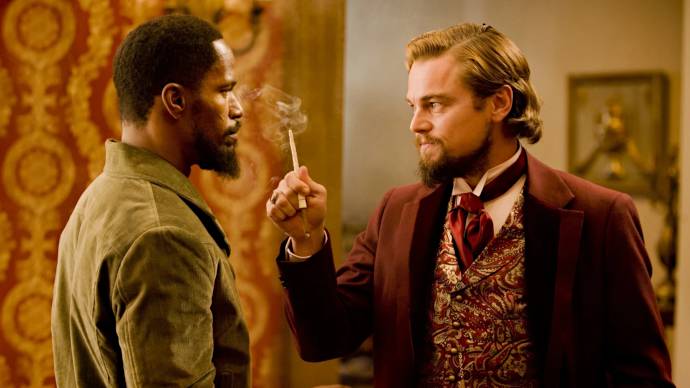
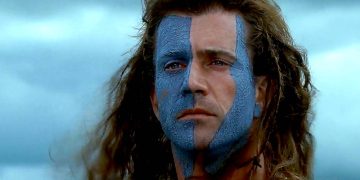
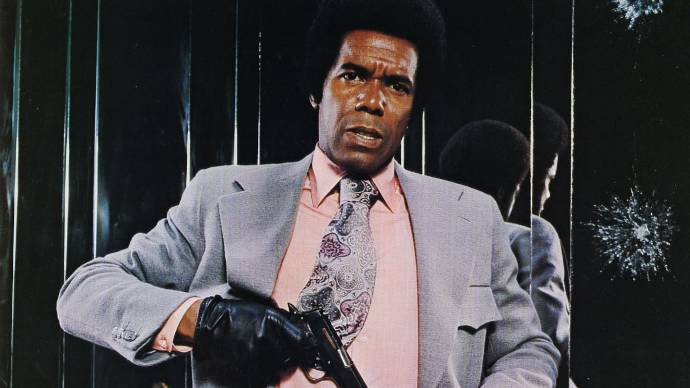
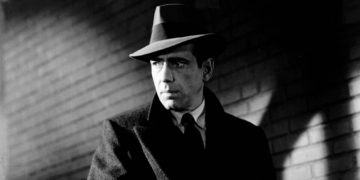
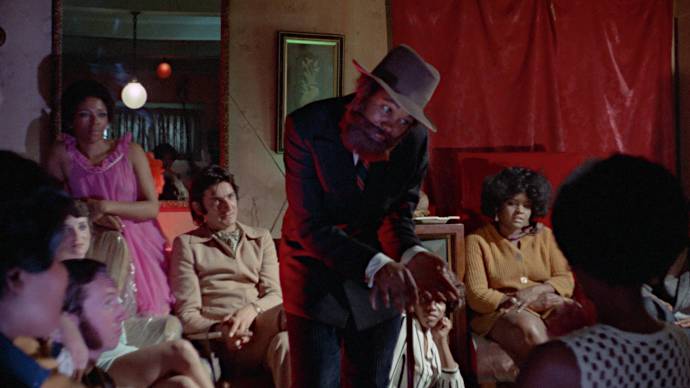

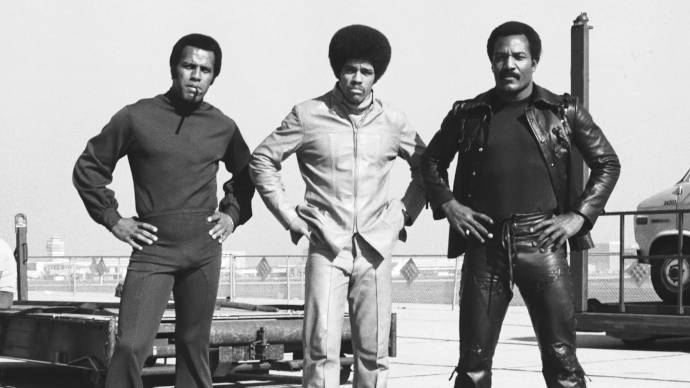
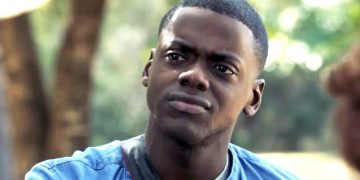
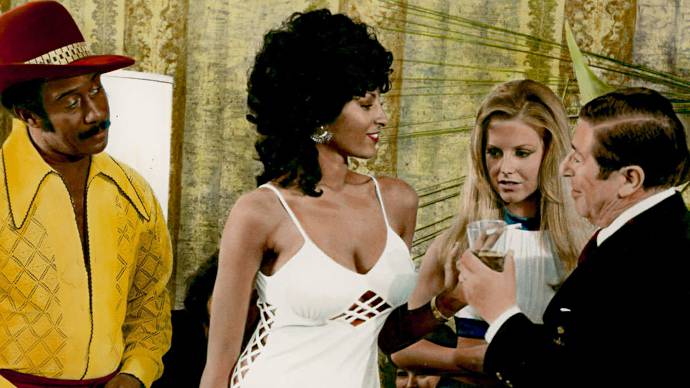
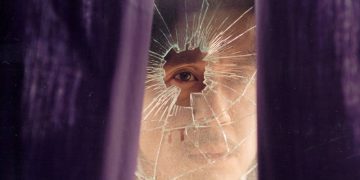
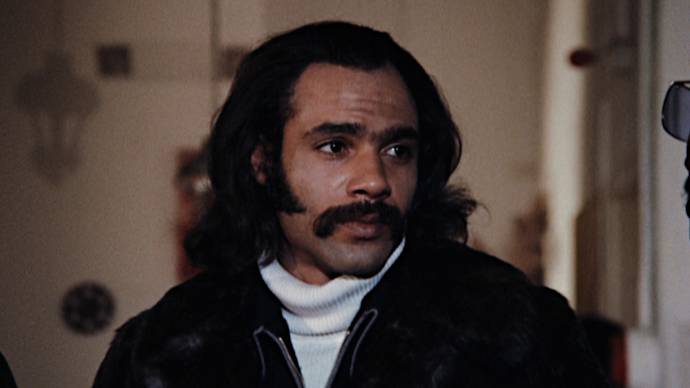
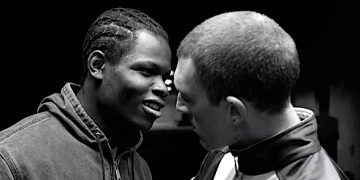
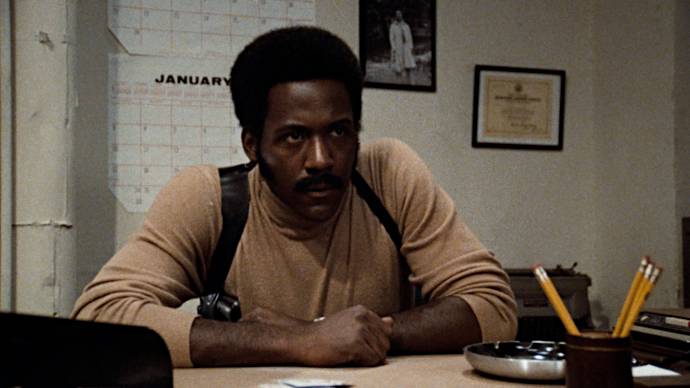
![]()
